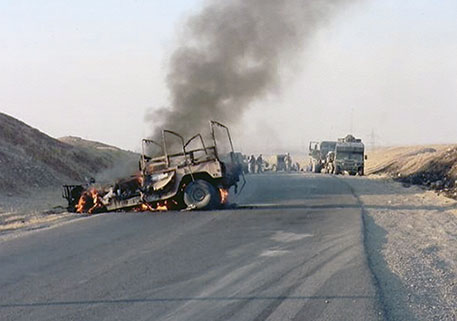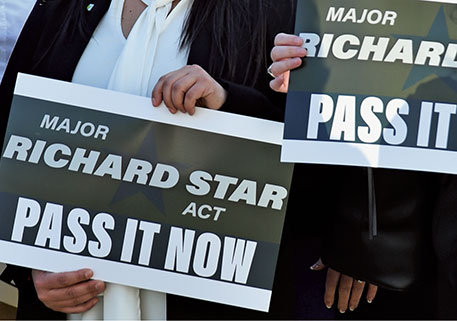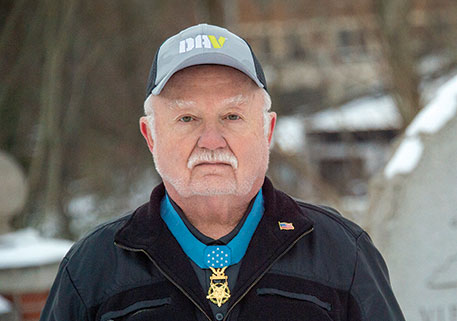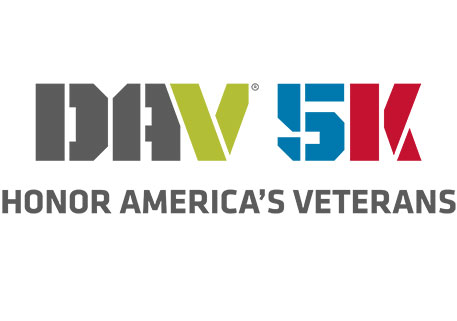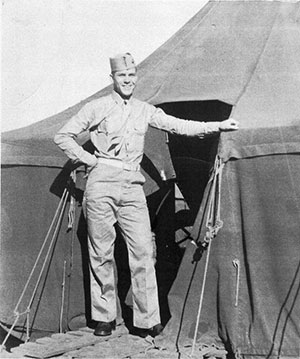
As recent high school graduates in 1942 in Peoria, Illinois, James Blane and a few of his friends knew that military service was in their immediate future. To avoid having the draft control their fate, they decided to go to Chicago and enlist in the Marine Corps.
Blane was quickly shipped off to boot camp, became a clerk and joined the 4th Marine Division in Hawaii shortly after. The division had been training to take a new approach to the war in the Pacific and prepared to embark on the Allied Command’s “island hopping” campaign.
In just over a year, the 4th Marines participated in major amphibious assaults on Kwajalein, Saipan, Tinian and Iwo Jima. When they landed on Saipan, Blane sustained an injury when he fell off the troop ship and into a Higgins boat.
“I was carrying an additional pack and gear and got tangled in the rope ladder,” Blane said. “I fell several feet off the troop ship and injured my hip, knee and shoulders.”
Blane’s buddies helped him to see if he needed medical aid. His injuries were not severe at the time, so they regrouped and moved forward to support the assault operations. The fighting lasted nearly a month on Saipan before the 4th Marines moved on to Tinian and Iwo Jima.
With more than twice the number of Japanese troops as Tinian, fighting on Iwo Jima was fierce. Desperate and under the cover of darkness, Japanese troops attacked American forces at night.
One night, a handful of Japanese troops tried to attack the supply post that Blane was guarding. A small firefight ensued, and Blane began to repel the Japanese attack.
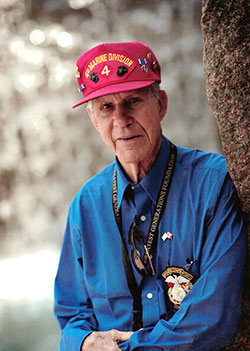
“I had engaged with the enemy, but as I took a step forward, I began to fall because someone had shot me in my right foot,” Blane said. “I picked myself up and noticed a second round had gone through my helmet. Lucky for me, that fall prevented that second round from being potentially fatal.”
Blane went to medical the following morning for treatment, though he waited for several days for transport back to a hospital on Saipan. To make himself as useful as possible, Blane hobbled around and helped his fellow wounded Marines however he could.
Injured and needing additional medical treatment, Blane eventually made the long trip back to the mainland to focus on his recovery and physical rehabilitation for several months before separating from the Marines.
When he first returned home, he used his education benefits to study business management and filed a Department of Veterans Affairs disability claim for the gunshot wound to his foot. After receiving a 10% disability rating from the VA, Blane moved on with his life. He started a career selling oil field equipment to oil companies, which led him and his family to move to Denver.
Blane enjoyed a 36-year career at his company before retiring as a senior vice president. Though he rarely expressed it, he struggled for years with the memories of battles he had participated in. It was not until he was in his early 80s that he learned he could file for an increase in veterans disability benefits.
A friend referred Blane to the national service office in Denver, where DAV benefits advocates helped guide him and his family through the filing process.
“Staff in our office worked together to not only help James with his disability compensation, but we also helped his son, Phil, apply for the VA Caregiver Program to help provide him with additional resources to care for his father as he ages,” said DAV benefits advocate Scott Feldt.
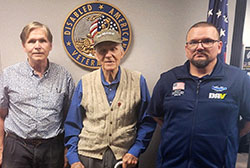
After my mother died over a decade ago, I began taking care of my father,” said Phil. “He lives at an independent living facility and can do a lot on his own. But he can no longer drive, so I take him to medical appointments, grocery shopping and other errands. As my father has aged, he has needed additional support from me like helping manage his medications and sometimes help getting dressed.
“We had previously applied for support with the VA Caregiver Program but were denied. Things started to change once we signed up to have DAV represent my father’s claim. Things started to get done, and the results have been tremendous for our family.”
DAV’s long-standing support of not only ill and injured veterans but also those who provide care for them throughout their lives is a critical part of the organization’s mission.
“Mr. Blane’s story is a wonderful example of how our benefits advocates improve the lives of veterans and their families,” said DAV National Service Director Jim Marszalek. “Our benefits advocates not only are experts in providing the latest information on veterans benefits but can also refer to initiatives like the new DAV Caregivers Support, a no-cost concierge service for caregivers of disabled veterans.”
For more information on DAV Caregivers Support, please visit davcaregiver.org.


